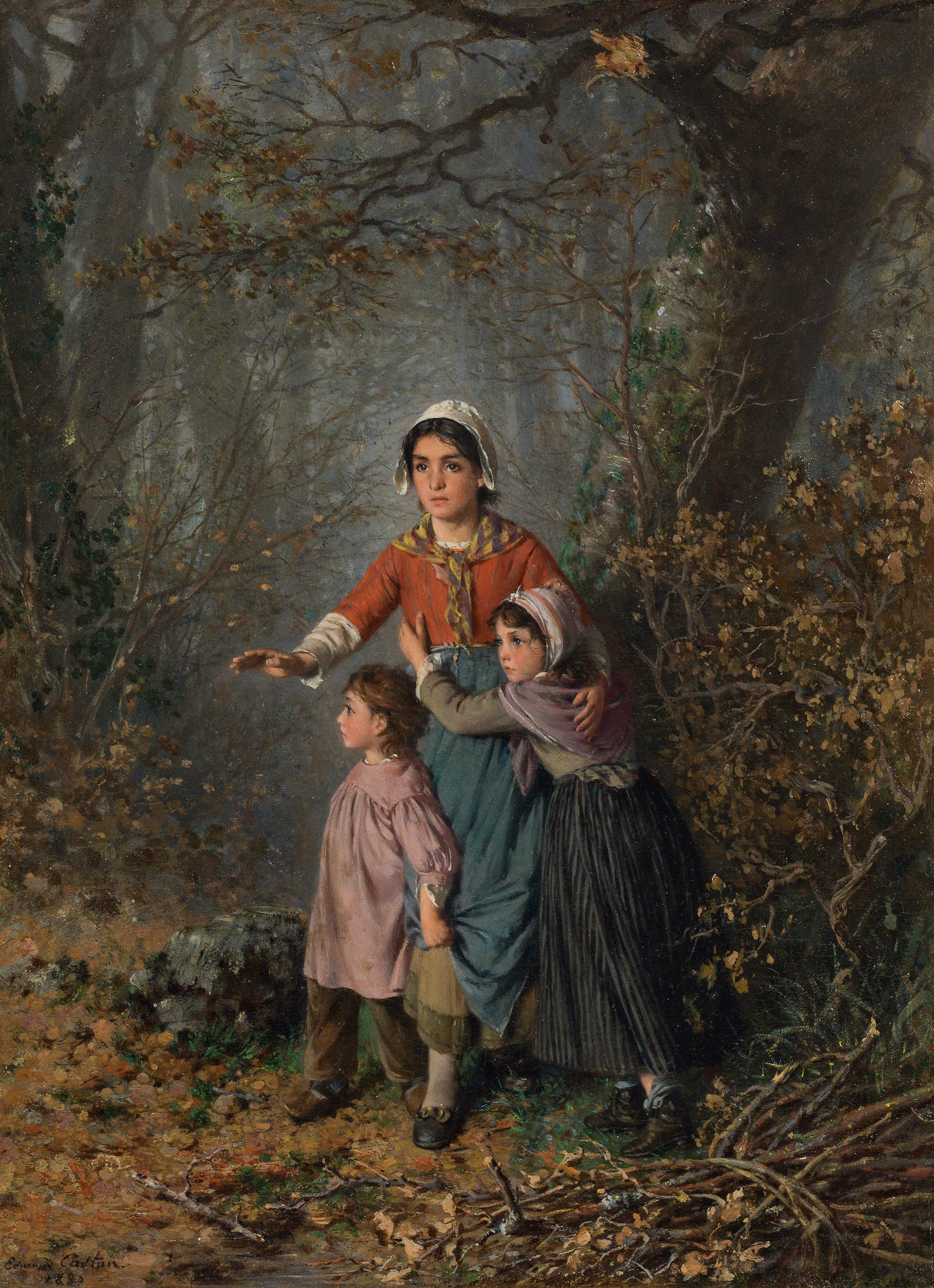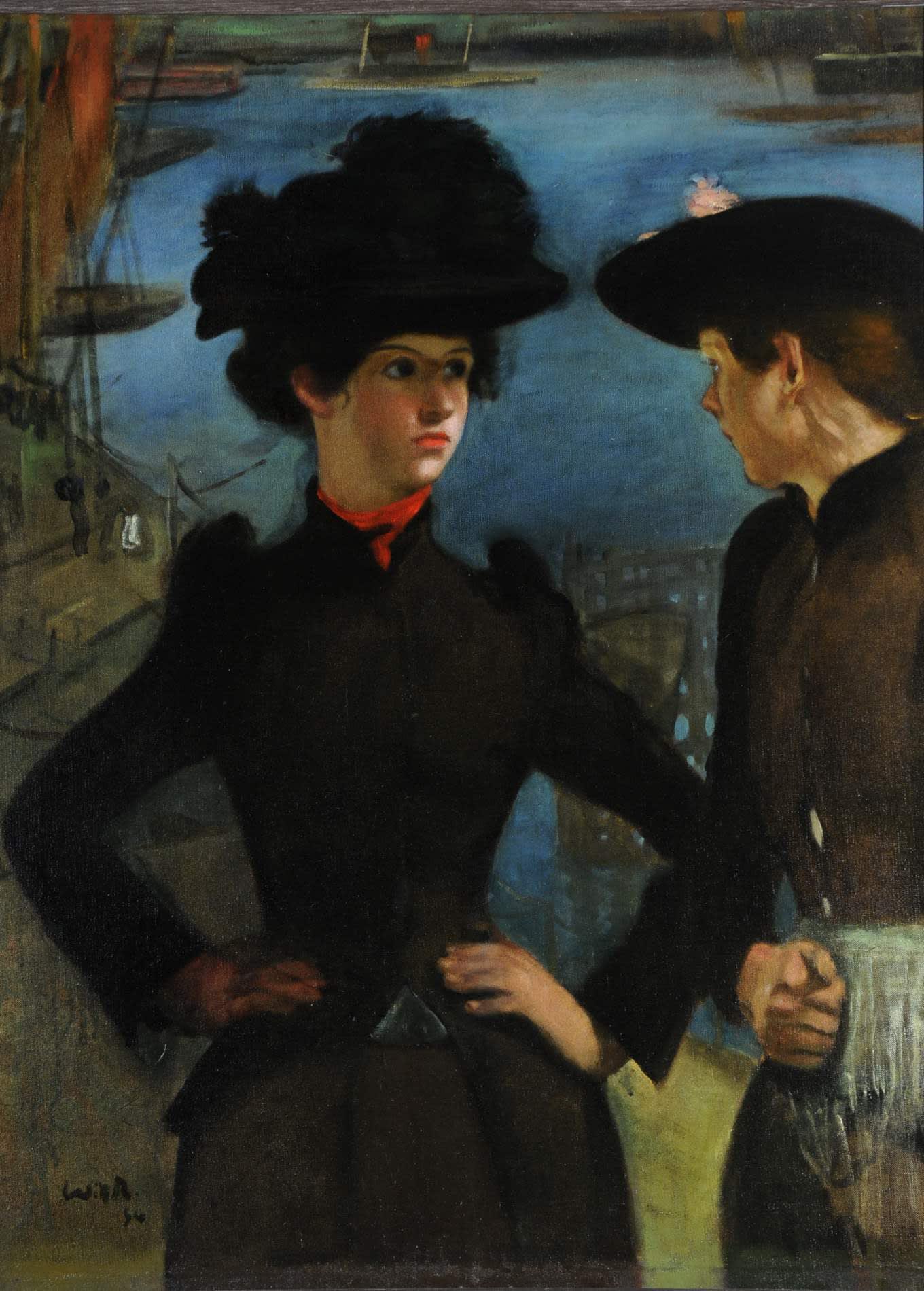Hans Ole Brasen (16 January 1849 - 24 February 1930) was a Danish painter. He won the Eckersberg Medal (an annual award of the Royal Danish Academy of Fine Arts) in 1894.
Brasen was born in Hillerød to a merchant father.
His mother had painted some flower paintings as a young girl which inspired him to take up painting.
In 1863, he began an apprenticeship with master painter Ernst Schmiegelow, who supported his artistic talent and helped him get into the Art Academy.





